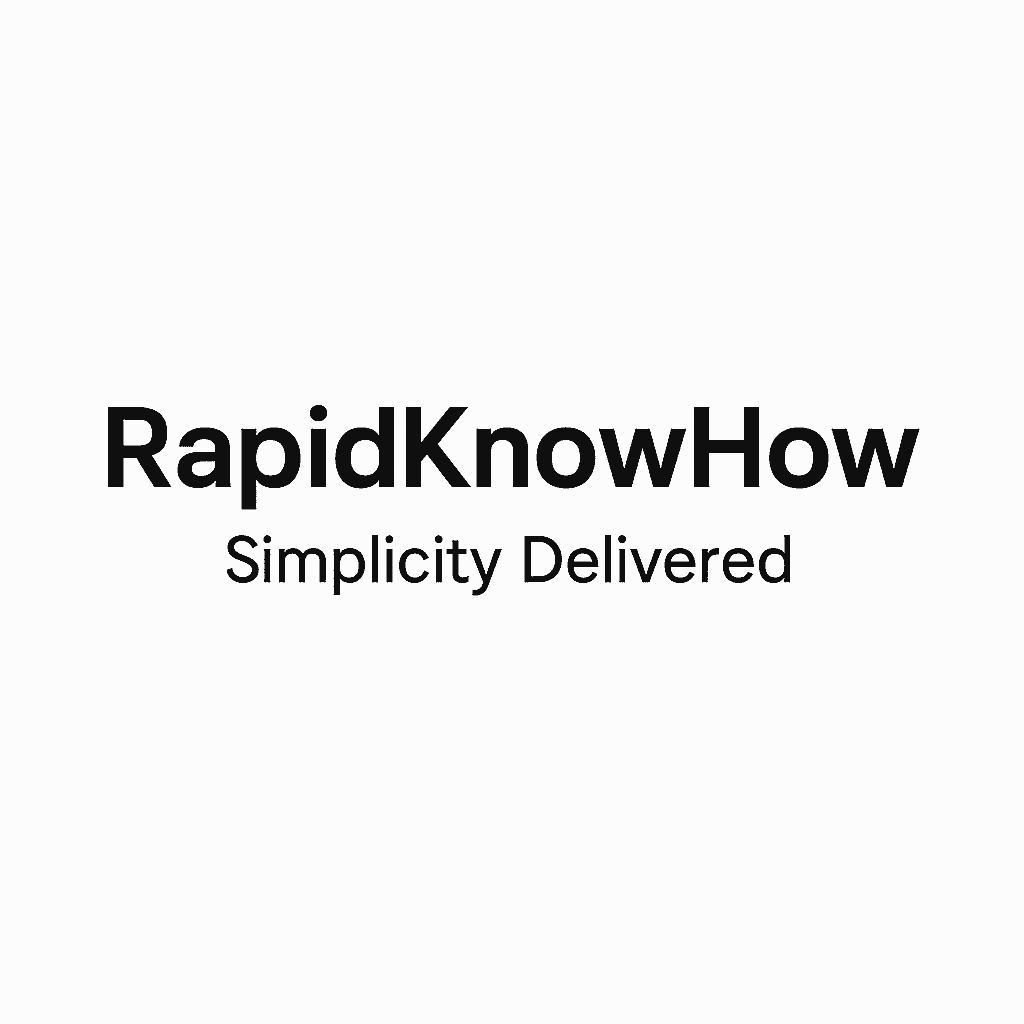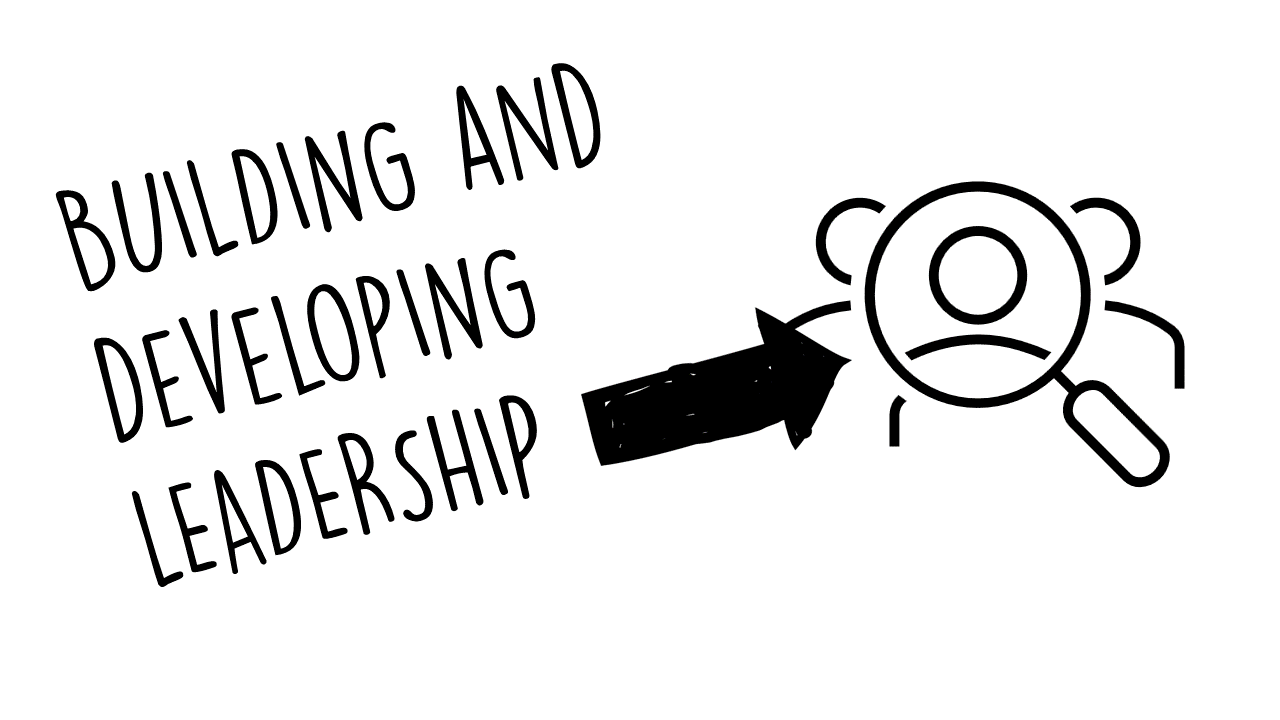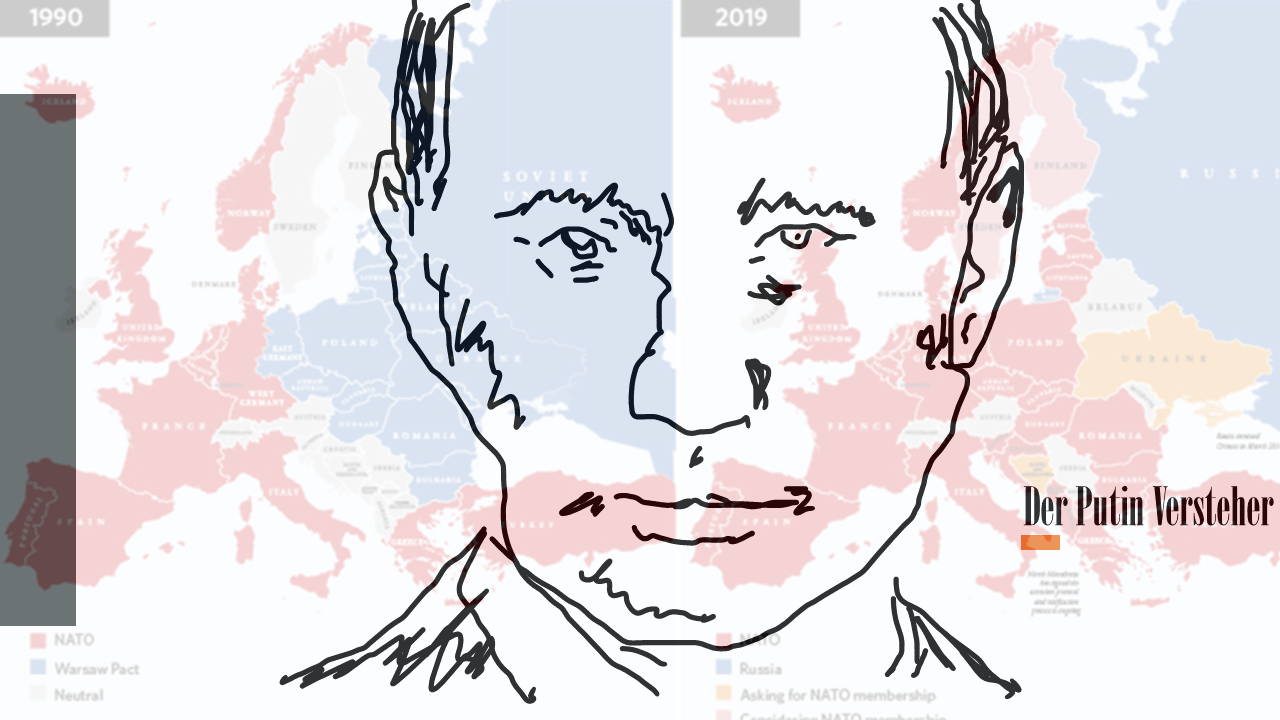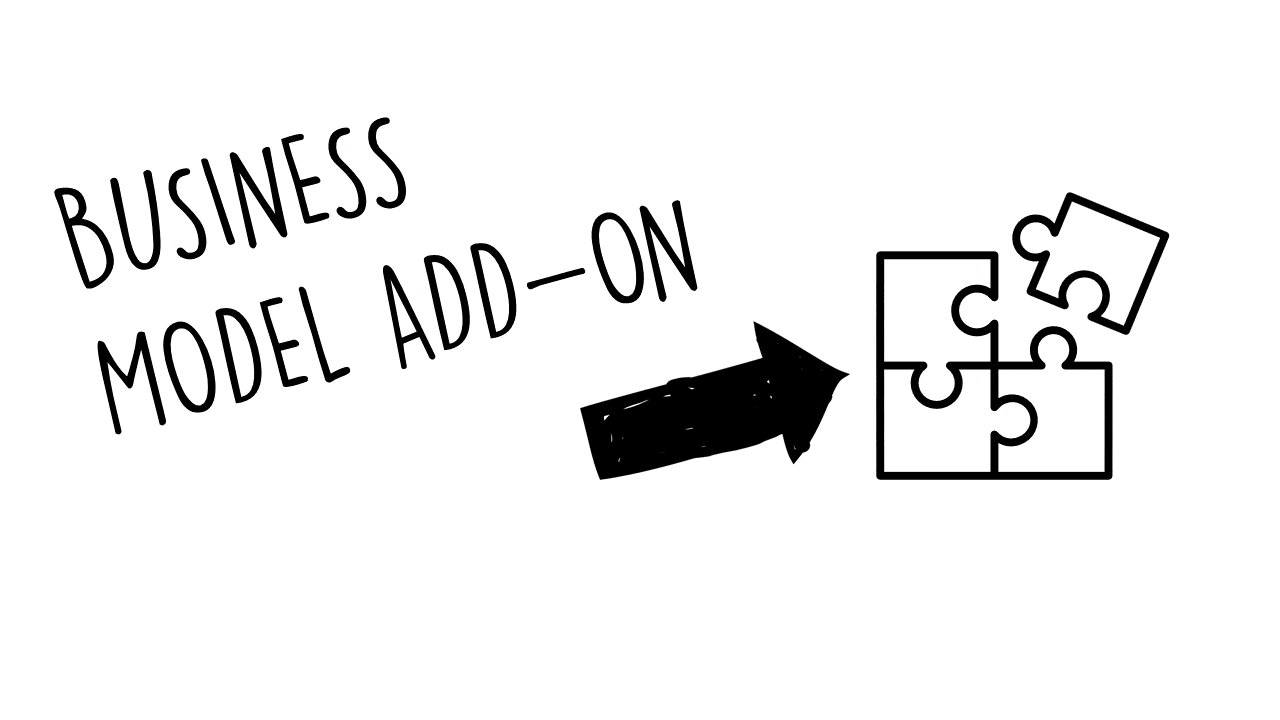The New Business Reality
Traditional CAPEX-heavy models tie up millions in assets, infrastructure, and long payback cycles. They lock you in.
BaaS (Business-as-a-Service) breaks free: flexible, asset-light, and instantly scalable.
3 Reasons Why BaaS Wins
- Speed-to-Market – Start today, not in 3 years.
- Cash-Flow First – Pay for usage, not ownership. Preserve liquidity.
- Agility & Growth – Scale up or down instantly. No stranded assets.
Real-World Example
Industrial Gas Leaders once built plants worth €100M+ to serve customers.
BaaS pioneers now deliver O₂-as-a-Service with smart scheduling, no heavy CAPEX, and pay-per-use pricing.
Result: Faster entry, higher ROCE, happier clients.
The Power Insight
👉 In today’s volatile markets, CAPEX is risk. BaaS is opportunity.
👉 CAPEX locks you in. BaaS sets you free- Josef David
📘 PowerBook: Why BaaS (Business-as-a-Service) Beats CAPEX
1. Introduction – The New Business Game
For decades, business growth meant heavy CAPEX investments: factories, fleets, IT systems. These assets tied up capital, slowed time-to-market, and locked companies into long, risky payback cycles.
But today’s business environment demands speed, flexibility, and low risk.
Enter BaaS – Business-as-a-Service.
Instead of owning and managing heavy assets, companies access services on-demand.
👉 BaaS is the new wealth engine: asset-light, subscription-based, scalable.
2. The Step-by-Step Model
Step 1: Identify Value Creation
- Traditional: Build plants, buy machines, deploy fleets.
- BaaS: Define service outcome customers really want (e.g., oxygen delivered on time, predictive maintenance, clean energy uptime).
Step 2: Shift from CAPEX to OPEX
- Traditional: Pay upfront (CAPEX).
- BaaS: Pay as you go (OPEX). Protect liquidity.
Step 3: Build the Asset-Light Platform
- Digital scheduling, monitoring, and AI optimize service delivery.
- Strategic partnerships provide physical assets (you don’t own them).
Step 4: Scale Rapidly
- CAPEX model: Expansion requires years and new investments.
- BaaS model: Add new clients instantly via digital platform.
Step 5: Compounded Growth
- BaaS revenue = recurring, predictable.
- Margins improve as scale grows without new CAPEX.
3. Real-World Case Studies
Case 1: Industrial Gas – Oxygen-as-a-Service
- Old model: €100M plant investment, 10-year payback.
- BaaS model: Mobile oxygen hubs, smart scheduling app, pay-per-use pricing.
- Result: Market entry in 3 months, ROI in year 1, 20%+ ROCE.
Case 2: Manufacturing – Predictive Maintenance-as-a-Service
- Old model: CAPEX in sensor hardware and IT.
- BaaS model: Subscription platform offering uptime guarantees.
- Result: Clients avoid breakdowns, providers earn recurring fees.
Case 3: Logistics – Fleet-as-a-Service
- Old model: Buy 500 trucks.
- BaaS model: Subscription fleet with AI-optimized routing.
- Result: Lower upfront costs, higher flexibility, carbon savings.
4. Strategic Comparison: CAPEX vs. BaaS
| Dimension | CAPEX Model | BaaS Model |
|---|---|---|
| Investment | High upfront (€M) | Low upfront |
| Payback | 7–10 years | < 1 year |
| Flexibility | Low | High |
| Risk | Asset stranded risk | Shared, minimal |
| Growth Speed | Slow | Instant scale |
| ROCE | 8–10% | 20%+ |
5. Power Insight
In volatile markets, CAPEX is risk, BaaS is opportunity.
- CAPEX locks you in.
- BaaS sets you free.
Leaders who adopt BaaS will dominate markets with speed, agility, and cash-flow power.
6. Action Steps for Leaders
- Map your CAPEX-heavy areas.
- Redesign at least one service as BaaS.
- Pilot in 3 months.
- Scale in 12 months.
- License your model globally.
7. Conclusion – The BaaS Imperative
The 2025–2030 business winners are asset-light BaaS pioneers.
They don’t build plants, fleets, or IT systems.
They build service ecosystems that scale without limits.
👉 Will you remain CAPEX-locked or thrive as a BaaS leader?
Call to Action
🌍 Ready to pivot?
👉 Book Your Free 30-Minute Strategy Call
📘 BaaS Business Models in Action – 10 Business Cases
1. Industrial Gas – Oxygen-as-a-Service
- CAPEX: Build €100M oxygen plant, 10-year payback.
- BaaS: Mobile oxygen hubs, digital scheduling, pay-per-use.
- Result: Entry in 3 months, 20%+ ROCE, higher client loyalty.
2. Manufacturing – Predictive Maintenance-as-a-Service
- CAPEX: Install sensors + IT infrastructure upfront.
- BaaS: Subscription platform guarantees uptime, analytics as a service.
- Result: Clients save downtime costs, providers get recurring income.
3. Logistics – Fleet-as-a-Service
- CAPEX: Buy 500 trucks, manage maintenance.
- BaaS: On-demand fleet access, AI-optimized routing, all-in-one fee.
- Result: Reduced upfront cost, carbon footprint ↓, flexibility ↑.
4. Energy – Solar-as-a-Service
- CAPEX: Install solar panels on roofs, high upfront investment.
- BaaS: Provider installs & maintains, customer pays for consumed energy.
- Result: No upfront cost for customer, provider scales via recurring contracts.
5. Healthcare – Medical Devices-as-a-Service
- CAPEX: Hospitals buy expensive MRI/CT machines (€3M+).
- BaaS: Usage-based service contracts, uptime guarantees.
- Result: Access to advanced tech without debt, faster ROI for providers.
6. IT – Cloud-as-a-Service
- CAPEX: Companies build own data centers.
- BaaS: Pay-per-use cloud services (AWS, Azure).
- Result: Scale in minutes, only pay for what’s used, global reach.
7. Construction – Equipment-as-a-Service
- CAPEX: Buy cranes, diggers, maintenance.
- BaaS: Rental on-demand with digital booking, performance guarantees.
- Result: CAPEX ↓, flexibility ↑, waste ↓.
8. Agriculture – Farming-as-a-Service
- CAPEX: Farmers buy machinery & irrigation systems.
- BaaS: Providers offer drones, AI irrigation & machinery on subscription.
- Result: Higher yields, lower costs, faster tech adoption.
9. Mobility – EV Charging-as-a-Service
- CAPEX: Build charging stations upfront.
- BaaS: Providers install/manage chargers, customers pay subscription + usage.
- Result: Faster EV adoption, predictable recurring revenues.
10. Education – Learning-as-a-Service
- CAPEX: Build campus, hire permanent staff.
- BaaS: Online platforms offer tailored courses on demand.
- Result: Global reach, scalable revenue, flexible pricing.
🔑 Power Insight
Across industries, BaaS transforms upfront investment into recurring value.
- CAPEX = Risk + Lock-In.
- BaaS = Speed + Liquidity + Agility.
🌍 Next Step for Leaders
👉 Pick one CAPEX-heavy area in your business.
👉 Reframe it as a BaaS offer.
👉 Pilot it in 90 days.
📘 BaaS Business Models in Action – Roles Across the Value Chain
1. Industrial Gas – Oxygen-as-a-Service
- Supplier: Equipment makers (mobile hubs, tanks, logistics partners).
- Service Provider: Oxygen-as-a-Service platform (digital scheduler, O₂ monitoring).
- End-Use Customer: Hospitals, homecare providers, industry needing O₂.
2. Manufacturing – Predictive Maintenance-as-a-Service
- Supplier: Sensor manufacturers, AI software developers.
- Service Provider: Predictive maintenance platform provider.
- End-Use Customer: Manufacturing plants, factories.
3. Logistics – Fleet-as-a-Service
- Supplier: Truck OEMs, telematics providers, maintenance firms.
- Service Provider: Fleet-as-a-Service operator (routing, digital control, subscriptions).
- End-Use Customer: Retailers, distributors, manufacturers.
4. Energy – Solar-as-a-Service
- Supplier: Solar panel producers, inverter suppliers, storage battery companies.
- Service Provider: Solar-as-a-Service operator (installs, maintains, sells energy).
- End-Use Customer: Businesses, households, municipalities.
5. Healthcare – Medical Devices-as-a-Service
- Supplier: Medical device OEMs (Siemens, GE, Philips).
- Service Provider: Device-as-a-Service operator (installs, monitors, maintains).
- End-Use Customer: Hospitals, diagnostic centers, clinics.
6. IT – Cloud-as-a-Service
- Supplier: Hardware vendors (servers, chips, storage devices).
- Service Provider: Cloud providers (AWS, Microsoft Azure, Google Cloud).
- End-Use Customer: Corporates, SMEs, public sector.
7. Construction – Equipment-as-a-Service
- Supplier: Heavy equipment manufacturers (Caterpillar, Liebherr).
- Service Provider: Rental & EaaS platforms (on-demand cranes, diggers).
- End-Use Customer: Contractors, builders, infrastructure firms.
8. Agriculture – Farming-as-a-Service
- Supplier: Drone makers, irrigation system manufacturers, seed suppliers.
- Service Provider: FaaS platforms (AI irrigation, drone spraying, machinery rental).
- End-Use Customer: Farmers, cooperatives, agri-corporates.
9. Mobility – EV Charging-as-a-Service
- Supplier: EV charger OEMs, power suppliers, grid operators.
- Service Provider: EV charging networks (subscription + pay-per-use billing).
- End-Use Customer: EV drivers, fleet operators, municipalities.
10. Education – Learning-as-a-Service
- Supplier: Content creators, edtech software developers.
- Service Provider: Learning platforms (Coursera, Udemy, corporate academies).
- End-Use Customer: Students, employees, enterprises.
🔑 Power Insight
Each BaaS ecosystem has 3 roles:
- Suppliers provide technology, hardware, or content.
- Service Providers integrate, operate, and deliver outcomes.
- End-Use Customers receive value without CAPEX lock-in.
👉 BaaS thrives when all three roles are aligned in a shared-value model.- Josef David
📊 BaaS vs CAPEX – Business Case ROCE Comparison
| # | Business Case | Traditional CAPEX ROCE | BaaS ROCE |
|---|---|---|---|
| 1 yr | 3 yrs | ||
| 1 | Oxygen-as-a-Service (Industrial Gas) | 2% | 6% |
| 2 | Predictive Maintenance (Manufacturing) | 3% | 8% |
| 3 | Fleet-as-a-Service (Logistics) | 1% | 5% |
| 4 | Solar-as-a-Service (Energy) | 4% | 9% |
| 5 | Medical Devices-as-a-Service (Healthcare) | 2% | 7% |
| 6 | Cloud-as-a-Service (IT) | 5% | 10% |
| 7 | Equipment-as-a-Service (Construction) | 2% | 6% |
| 8 | Farming-as-a-Service (Agriculture) | 3% | 7% |
| 9 | EV Charging-as-a-Service (Mobility) | 1% | 5% |
| 10 | Learning-as-a-Service (Education) | 4% | 9% |
🔑 Power Insight
- Traditional CAPEX locks cash for years → slow ROCE (5–15% over 5 yrs).
- BaaS Models generate double to triple ROCE within the same horizon.
- The difference compounds: by year 5, BaaS leaders outperform CAPEX players by 10–15 percentage points in ROCE.
🌍 Strategic Takeaway for Leaders
👉 In today’s fast-changing markets:
- CAPEX = slow growth, high risk.
- BaaS = fast scaling, recurring revenue, high ROCE.
Decision: Will you wait 5–10 years for CAPEX returns, or achieve sustainable 20%+ ROCE within 1–3 years with BaaS?- Josef David
🌍 Natural BaaS Thrivers by Business Case
1. Industrial Gas – Oxygen-as-a-Service
- Natural Thriver: Specialty industrial gas Tier-2 companies
- Agile, asset-light, close to hospitals and SMEs.
- Can disrupt Big Gas with mobile hubs + smart scheduling.
2. Manufacturing – Predictive Maintenance-as-a-Service
- Natural Thriver: AI-driven startups + IoT platform providers
- Expertise in sensors, data analytics, digital twins.
- No legacy CAPEX plants weighing them down.
3. Logistics – Fleet-as-a-Service
- Natural Thriver: Logistics tech platforms (Uber Freight, Flexport, local disruptors)
- Asset-light fleet orchestration.
- Monetize routing, tracking, and subscription services.
4. Energy – Solar-as-a-Service
- Natural Thriver: Independent clean-energy providers and utilities reinventing themselves
- Local renewable firms scaling via SaaS models.
- Utilities that pivot from selling kWh to selling uptime/clean energy guarantees.
5. Healthcare – Medical Devices-as-a-Service
- Natural Thriver: Medtech OEMs + service integrators
- Siemens, GE, Philips — already shifting to “uptime as a service.”
- Also smaller service firms bundling devices with digital monitoring.
6. IT – Cloud-as-a-Service
- Natural Thriver: Global hyperscalers (AWS, Microsoft, Google) + regional clouds
- Already dominate BaaS in IT.
- Next Thrivers: niche cloud platforms focusing on healthcare, finance, education.
7. Construction – Equipment-as-a-Service
- Natural Thriver: Rental companies & equipment OEMs
- Example: Caterpillar, United Rentals.
- Local digital rental marketplaces connecting idle equipment to contractors.
8. Agriculture – Farming-as-a-Service
- Natural Thriver: AgriTech startups + cooperatives
- Drone-as-a-Service, AI irrigation platforms.
- Farmers’ cooperatives pooling demand to access machinery-as-a-service.
9. Mobility – EV Charging-as-a-Service
- Natural Thriver: Energy companies + EV networks (e.g., Tesla, EnBW, ChargePoint)
- Control over infrastructure + customer access.
- Best positioned to monetize via subscriptions + pay-per-use.
10. Education – Learning-as-a-Service
- Natural Thriver: EdTech platforms + corporate academies
- Coursera, Udemy, LinkedIn Learning.
- Corporates turning training into internal/external subscription platforms.
🔑 Power Insight: Josef David
- Thrivers are not necessarily incumbents.
- BaaS success = asset-light, digital-first, recurring-revenue mindset.
- Legacy CAPEX-heavy giants may struggle unless they reinvent.
- The fastest learners + ecosystem builders will own the future.
🚀 RapidKnowHow + ChatGPT-as-a-Service
1. The Business Idea
Traditional consulting and training are CAPEX-heavy:
Build in-house academies, expensive tools, fixed staff.
Long lead times, slow ROI
RK+CaaS = on-demand expertise, tools & simulations:
- AI-powered playbooks, posters, dashboards, simulations.
- Delivered instantly, asset-light, asset sale, subscription-based and licenses/asset-light ecosystems.
2. Value Chain Roles
- Suppliers: AI models (ChatGPT), cloud infrastructure, design tools.
- Service Provider: RapidKnowHow (strategy frameworks, packaging, licensing).
- End-Use Customers:
- Business Leaders (Industrial Gas, Manufacturing, Consulting, Health, etc.).
- Entrepreneurs building Asset-Light Ecosystems.
- Citizens shaping careers, politics, wealth.
3. Step-by-Step Service Model
- Discovery → Identify challenge in business, career, geopolitics.
- Rapid Creation → Co-create Playbook/Simulation with ChatGPT.
- Delivery → Provide as instant PowerBook, Poster, Simulation, Licensing Pack.
- Scaling → License via WooCommerce shop globally.
- Continuous Upgrade → Iterative improvements (V1.0 → V2.0 …).
4. Business Case ROCE (Traditional vs RK+CaaS)
| Horizon | Traditional Consulting ROCE | RK+CaaS ROCE |
|---|---|---|
| 1 year | 3% (high upfront costs, slow start) | 15% (digital products, instant sales) |
| 3 years | 8% | 25%+ (subscription + licensing compounding) |
| 5 years | 12% | 35%+ (global reach, scalable ecosystem) |
5. Natural Thriver Profile
- RapidKnowHow = Strategist, content creator, license packager.
- ChatGPT = Instant AI engine, co-creator, global scale.
- Together = Alliance Thriver → fastest BaaS enabler for Business, Career & Geopolitics.
6. Power Insight
- CAPEX consulting is dead.
- Asset-Light-Assets – Licensed Ecosystems – Compounding ; RK+CaaS wins:
- Speed: 1 hour → working solution.
- Scalability: 1 solution → 1000 clients.
- ROCE: 3x traditional models in 5 years.
7. Call to Action
👉 Are you ready to stop building heavy consulting CAPEX and start thriving with RK+CaaS?
🌍 Book Your 30-Minute Strategy Call with Josef David





